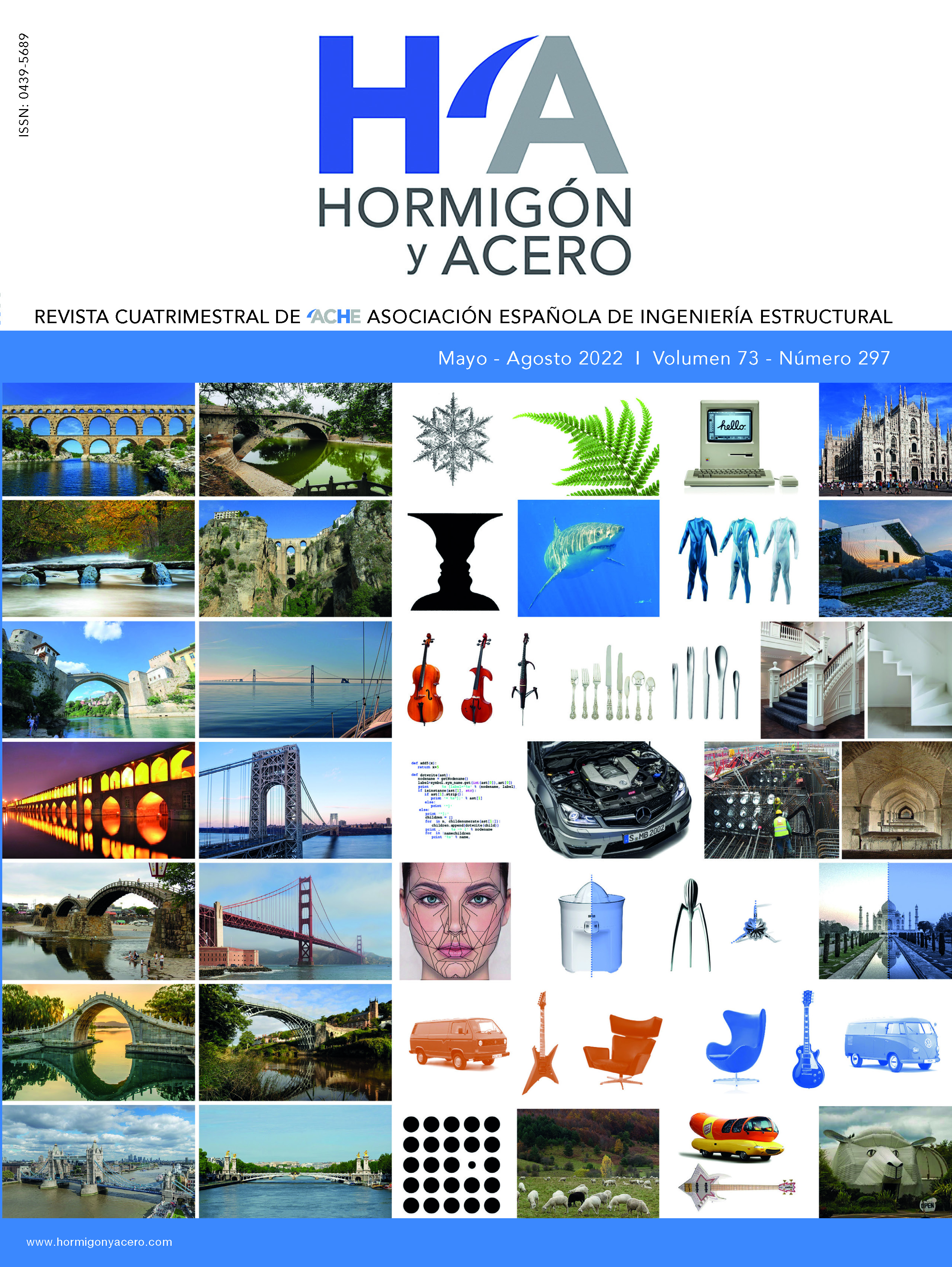Aplicación de herramientas de realidad aumentada a modelos de puentes elaborados con BIM.
Resumen
La metodología Building Information Modelling (BIM) está revolucionando la manera en la que se desarrollan los proyectos de ingeniería civil. Una de las muchas ventajas de esta metodología es el desarrollo de modelos 3D, los cuales pueden ser conectados con herramientas de realidad aumentada. Entre las múltiples ventajas de la aplicación de esta tecnología en el campo de la ingeniería civil, resalta la accesibilidad de obtención de un gran nivel de detalle e información de un determinado elemento, facilitando la visualización y comprensión para todos los agentes. Hoy en día, esta tecnología está consolidada en sectores como el turismo o los video juegos, y cada vez está siendo más popular en estudios de arquitectura o inmobiliarias. Sin embargo, la realidad aumentada es una tecnología en desarrollo, y por ahora sus aplicaciones en la ingeniería civil son relativamente escasas.
El objetivo del presente artículo es ilustrar el estado actual de la aplicación de BIM y de realidad aumentada en la ingeniería civil. Con tal objetivo, se analizarán los softwares más representativos de realidad aumentada y se analizará su aplicación en un puente elaborado con BIM. Tras este análisis, se obtendrán conclusiones sobre la interoperabilidad entre ambos. Por último, se expondrán las ventajas e inconvenientes encontrados para la aplicación de realidad aumentada en el campo de la ingeniería civil.

